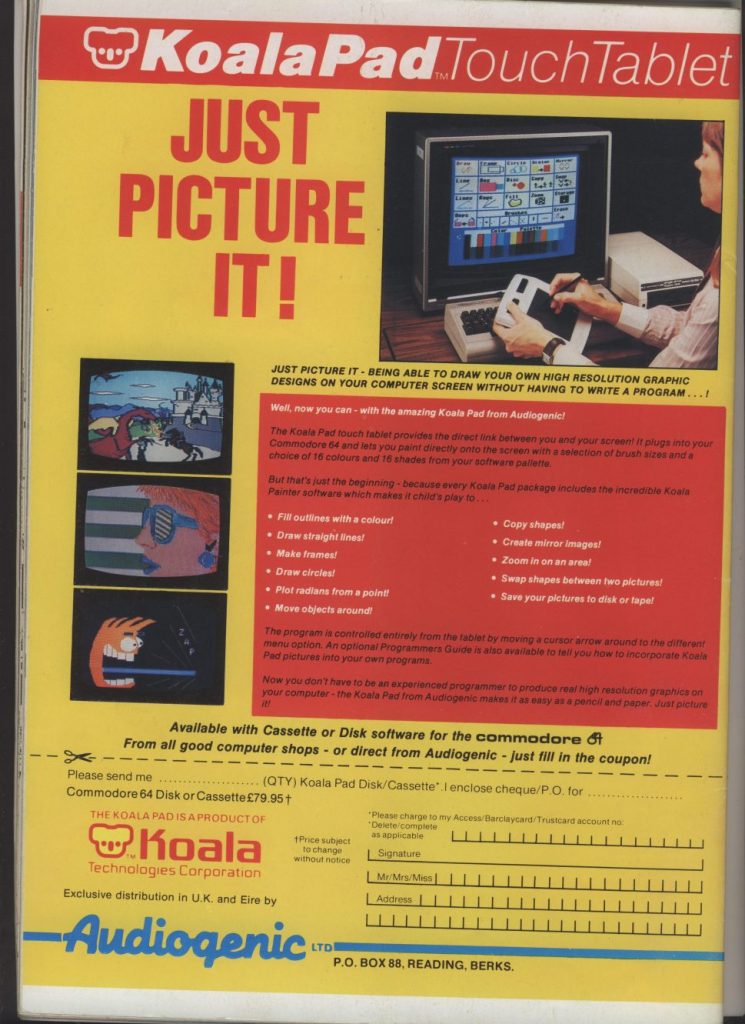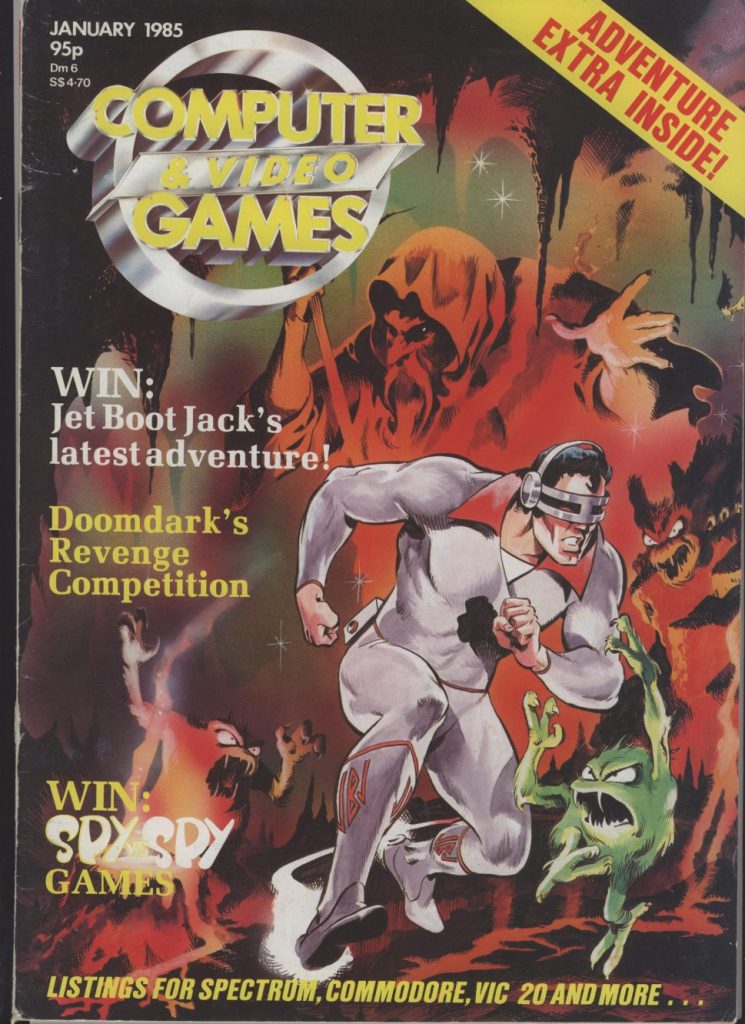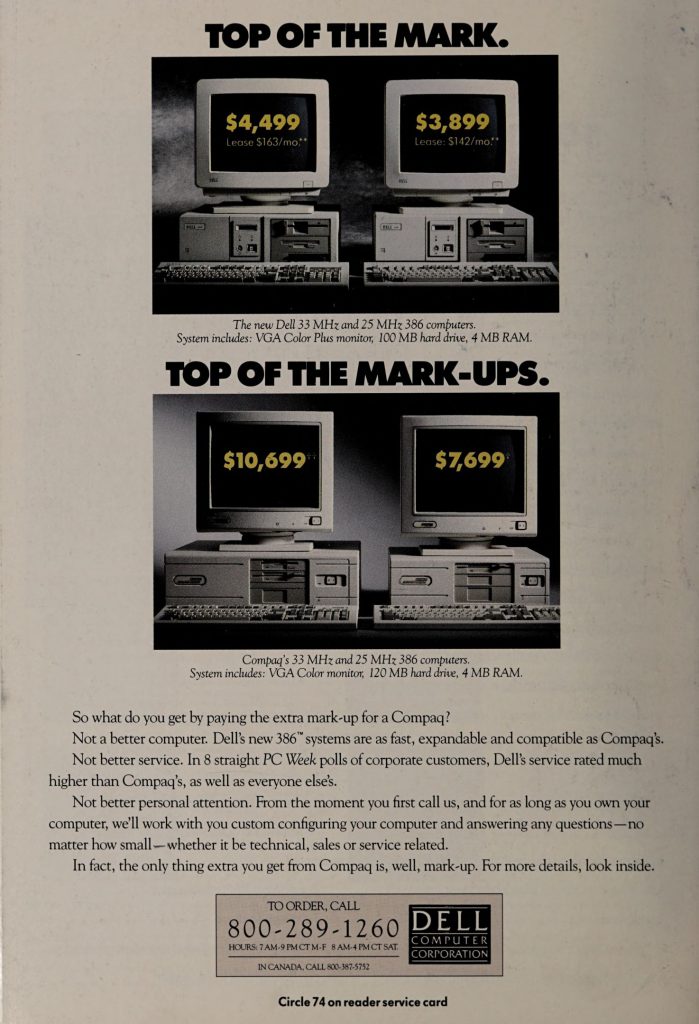Source: Computer & Video Games – Issue Number 39 – January 1985
Computer & Video Games was perhaps the longest running video games magazine in the world. I believe that it had a nearly 25 year run. In early 1985 it was covering computer games far more than video games. The January 1985 issue includes:
Features
- Mailbag – Letters from readers about a game called Dive Bomb, Euro Byte, scrolling on the BBC B, piracy, Space Invaders, and more.
- Jet Boot Jack – A look at this new game for the Commodore 64 and a related competition.
- Letter From America – A look at Beyond, the company behind Spy Vs. Spy, a game based on the characters in MAD Magazine.
- Spy Vs. Spy Competition – A competition in which you can win a copy of Spy Vs. Spy.
- Top 30 Charts – Some of the games on the chart this month include Daley Thompson’s Decathlon, Elite, Beach-Head, BMX Racer, Summer Games, and more.
- Adventure Extra – Reviews of adventure games including Mas of the SUn, Sphinx Adventure, Stainless Steel Rat, Crystal Frog, French on the Run, Return of the Ring, Return to Eden, Operation Safras, and more.
- Adventure – Adventure game jokes, a look at a couple of adventure game related books, plus a look at Zim Sala Bim for the Commodore 64.
- Adventure Helpline – Requests for help for games such as Commodore’s Quest, Lords of Karma, Gateway to Karos, Count Dracula, and more.
- Micro Guide – Part two of a guide to new computers that were introduced in 1984. This part includes the Commodore 16 and Plus/4.
- Tornado Low Level – A guide to this game in which you fly a Tornado jet. Includes a map.
- Doomdark’s Revenge – Part 2 of this magazine based adventure game.
- Puzzling – A look at some puzzle based games including Holiday Route, Gold Run I, Gold Run II, Football Fixtures, Blankety Blank, and Prnit Owt.
- Hall of Fame – Top scores for Atic Atac, Planetoid, Pyjamarama, Jet Pac, Elite, Manic Miner, Parsec, Psytron, Star Bike and Sabre Wulf.
Listings
- Super Sharks – A type-in game for the BBC B in which you must protect ships from sharks.
- 64 Synth – A type in program to create music on the Commodore 64.
- Post Mania – A type in game for the Spectrum.
- Hunchback – A type in game for the VIC-20 feauring Quasimod in a three level game to rescue Esmerelda.
News And Reviews
- Games News – Jet Pac and Fighter Pilot ported to the Commodore 64; Kuma releases tons of games an other programs for MSX and Amstrad; Taskset releases six games for the Amstrad; Conan the Destoryer game to be released on the Commodore 64; and more.
- Reviews – Reviews of Ghostbusters (Commodore 64), Cliff Hanger (Commodore 64), Starbike (Spectrum), Football Manager (Amstrad), Pitfall (Commodore 64), Dodo Lair (VIC-20), Mr. Ee (BBC), Buzz Off (MSX), Jasper (Spectrum), Felix (BBC), Battlecars (Spectrum), Turmoil (Spectrum), Star Avenger (Amstrad), Microgo (BBC), Scrabble (BBC), Kensington (Commodore 64), Cluedo (Commodore 64), Cluedo (Commodore 64), Knight Lore (Spectrum), and Underwurlde (Spectrum).
- Arcade Action – A look at new and upcoming arcade games including Future Spy, Mikie, and Don Quix-Ote plus tips for Sinistar, Stargate, and Tempest.
- Next Month – A review of Ghostbusters, a Konami MSX competition, Doomdark Part III, and more.

…and more!









